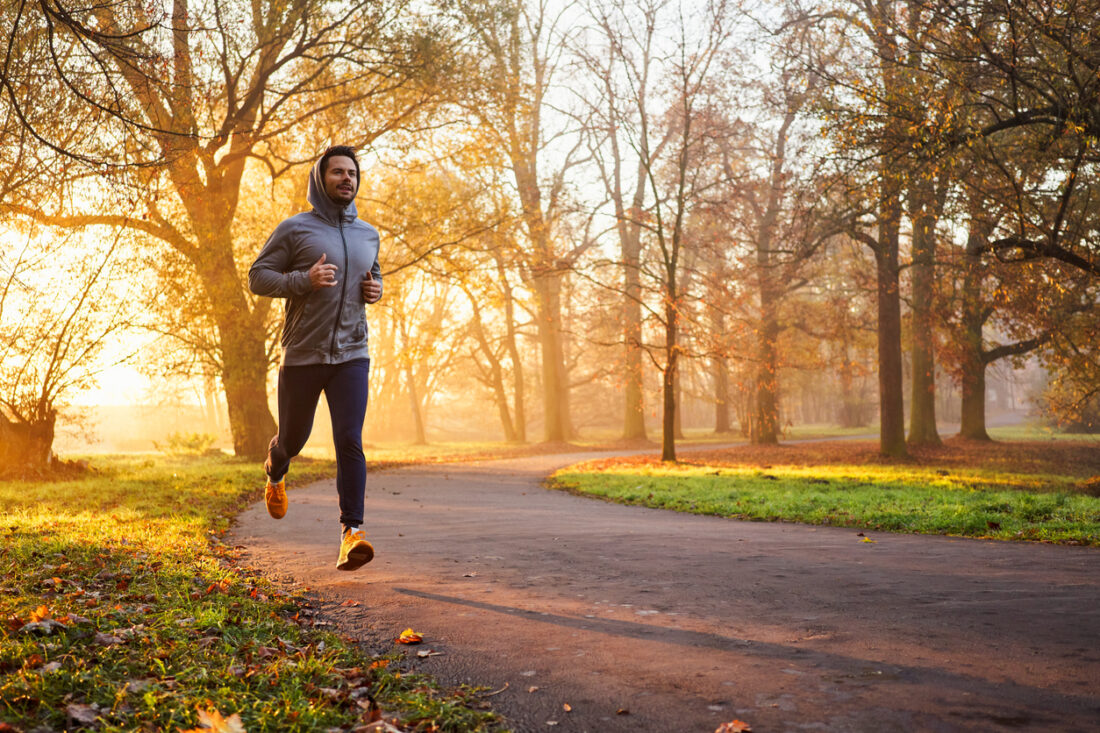
From endless rain to endless heat waves, there’s no knowing when the weather will take a turn for the worse or better. This unpredictability in weather does not just affect the environment; it also affects how we exercise.
Every regular exercise and fitness enthusiast would have noticed that over the past few years, the weather has been either too cold or too hot to exercise. As a result, runs and long walks are slowly being marginalized and are no longer in the exercise regime. Instead, online live fitness classes or indoor yoga has taken over. You can catch some Australian ones at The Robards Method, Voome, Varlah and Yogaholics.
When extreme weather hits, we usually become more inactive and exchange our long walks with car ride, whether we are going to work or just around the corner to the store. Whether it’s the heat or the rain, we get cabin fever and prefer doing as less as we can. Sure, we are protecting ourselves from heat strokes or cold but the more inactive we are, the bigger the hit our health takes.
According to a new study on health published in the journal Nature Human Behavior, when we exercise less, we are vulnerable to costly health outcomes such as diabetes, cardiovascular disease and obesity. In fact, one of the primary causes of death in the US is insufficient physical activity. It is also the fourth primary cause of death around the world and second primary contributor to cancer in Australia.
Inactive lifestyles also lead to psychological concerns like greater risk of anxiety and clinical depression, and impaired cognitive performance. The only thing that has a negative impact on human wellbeing is lack of physical activity. Despite its benefits being made so clear, people in various countries lead a sedentary lifestyle.
According to a survey, in Australia, 70% of adults are sedentary. Our environment is one of the biggest factors that shape our behavior. Our work lifestyle has made our life very easy, which has led us to minimize our movements.
Authors James Fowler and Nick Obradovich from Harvard say, “Temperature plays a noteworthy role in affecting physical activity rates”. The main reason is the temperature that forces them to lead a sedentary lifestyle. This is most common in adults, since most of their physical activities lie outdoors. Therefore, when the weather is too hot or cold to go outdoors, they simply forgo the exercise.
Since scientists have predicted extreme fluctuations in climate change, Fowler and Obradovich want to understand how this will affect our movement. By taking data from above 1.9 million Americans from 2002 to 2012, they compared it against weather data collected daily. This enabled them to make forecasts that were based on projections of climate change. The forecasts were made for the next thirty to eighty years.
Through their research, they were able to conclude that the peak time for physical activity is 28 degrees Celsius. However, between 2002 and 2012, 80% of the temperature fell below that. Two categories of people that are inactive the most in high temperature are obese who are seven times less active and elderly who are four times less active.
Where the US might benefit in the future due to climate change predicting warm weather, Australians might not be so lucky. America’s temperature ranges from 8 to 18.2 degrees Celsius whereas New South Wale’s temperature ranges from 16 to 26 degrees Celsius. Victoria’s temperature ranges from 14.2 to 25.3 degrees Celsius. Scientists predict that by 2070, Australia’s temperature will rise above 35 degrees Celsius.
Fowler and Obradovich concluded that, “Ultimately, most of the social impacts of climate change are likely to be negative”.


